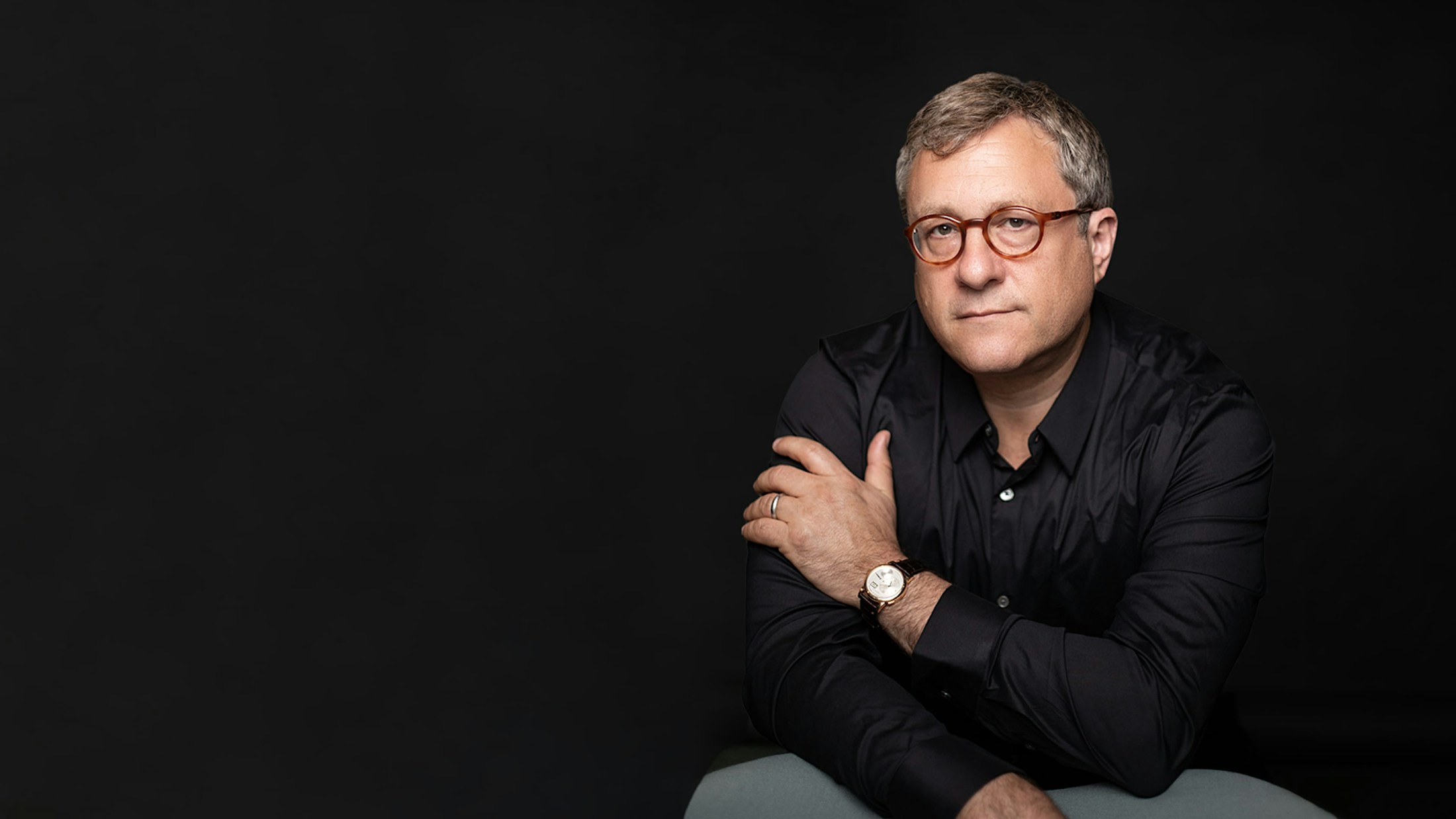"Gummy bear" breast implants have an interesting history
In the 1980s, there was a popular teardrop shaped implant called the Surgitek. It had a nice teardrop shape, thin on the top, and thick at the bottom. It was covered with a thick polyurethane layer outside of the silicone shell, and when you held it in your hand it felt like it would maintain its shape. When initially implanted, the results were gorgeous. But soon it lost that great shape. The problem was that the polyurethane foam on the outside of the implant dissolved. The implant shell underneath was not stiff enough to control the shape of the gel within it. Gravity then pulled the relatively thin gel down to the bottom of the shell, shortening its height, overfilling the bottom, which lead to folds and ultimately breakage along those folds with leakage of a relatively liquidy gel into the breast.
The goal was to create a gel breast implant that could maintain that shape over time and resist breakage. It was clear that the shell alone could not do it: the gel itself would have to be able to hold its own shape. The answer was "cohesive gel." (In the years since then, manufacturers have claimed that "all implants are cohesive." While true in part, it created confusion, so now we use the term "highly cohesive" to refer to that type of gel.)
Cohesive gel differs from standard silicone by being more "cross-linked"
That crosslinking between the molecules of silicone make it a bit thicker and firmer, enabling it to maintain its shape. The term "form stable" refers to the tendency of these implants to have a constant shape. But if an implant were truly form stable, it would feel unacceptably firm. So though this term is often used, no implant is truly form stable. Dr. Teitelbaum prefers describing them as "relatively form stable" as compared to implants with less cohesive fill whose shape can easily be deformed.
Once a gel was developed that could hold a shape, it became possible to make a great number of shapes in a particular volume. One manufacturer even has twelve shapes for each given volume. This gives the surgeon unprecedented control of breast shape, allowing greater possibilities in creating a shape that is most attractive for a woman or to correct preexisting deformities of a woman's own breast shape.
A key concept that Dr. Teitelbaum teaches other plastic surgeons is that, "A regular breast implant is shaped by the breast; a highly cohesive implant shapes the breast."



